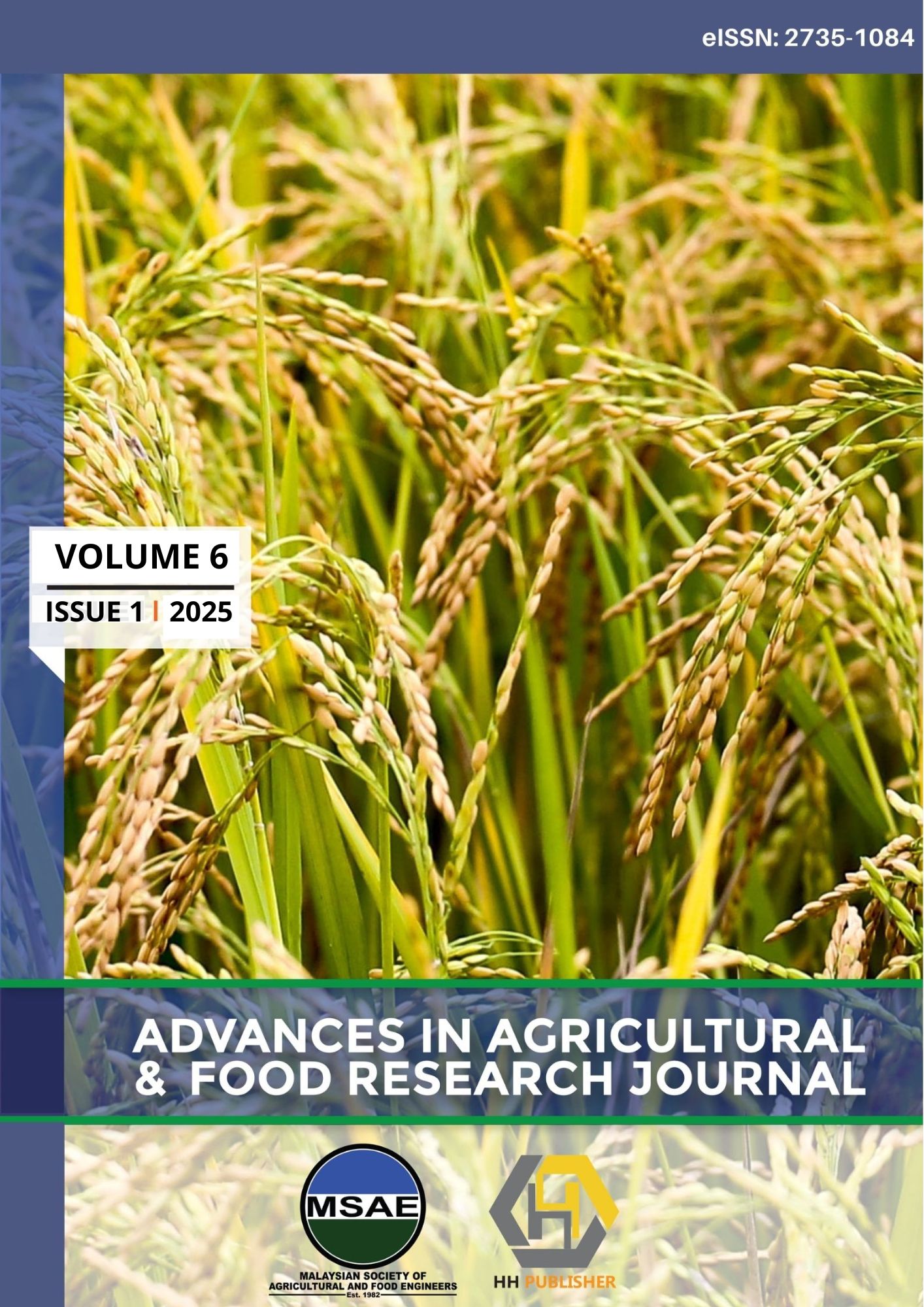Function and application of Soil Electrical Conductivity (EC) sensor in agriculture: A Review
DOI:
https://doi.org/10.36877/aafrj.a0000552Abstract
Soil electrical conductivity (EC) denotes the ability of a solution to conduct electricity within a specific distance, serving as an indicator of the soluble salt content in the matrix, commonly referred as salinity or ion concentration. It serves as a gauge for measuring water-soluble salts in the soil, which are pivotal indicators of mineral nutrients in the topsoil readily available for plant absorption. In fact, soil salinity significantly impacts the normal growth of crops, making it essential to monitor soil EC values. By measuring EC, farmers can implement scientifically informed and reasonable water and fertilizer management strategies, promoting healthy crop growth and ultimately enhancing production and revenue. Additionally, soil water-soluble salt levels play a crucial role in determining whether salt ions in the soil pose limitations to crop growth. Imbalances in soil electrical conductivity (EC) can impede crop growth, both when the levels are too high or too low. Elevated soluble salt content, indicated by a high EC value in the substrate, can lead to the formation of reverse osmosis pressure. This pressure may displace water in the root system, causing the root tips to turn brown or dry. Moreover, an excessively high EC value raises the risk of root rot induced by cotton rot fungus. Conversely, a too-low EC value signals insufficient availability of essential nutrients. Different plants exhibit varying optimal soil EC values based on their fertilizer necessities and growth phases. Typically, the ideal EC range for optimal plant growth falls between 0.8–1.8 mS/cm, with a recommended upper limit not exceeding 2.5 mS/cm. Hence, a review on the real application and function of soil EC in agriculture is initiated to investigate its contribution towards a progressive and sustainable agriculture production.
Downloads
Published
How to Cite
Issue
Section
License
Copyright (c) 2025 Mohd Najib Ahmad, Mohamad Izzuddin Anuar, Nordiana Abd Aziz, Ahmad Afandi Murdi

This work is licensed under a Creative Commons Attribution-NonCommercial 4.0 International License.
Author(s) shall retain the copyright of their work and grant the Journal/Publisher right for the first publication with the work simultaneously licensed under:
Creative Commons Attribution-NonCommercial 4.0 International (CC BY-NC 4.0). This license allows for the copying, distribution and transmission of the work, provided the correct attribution of the original creator is stated. Adaptation and remixing are also permitted.

This broad license intends to facilitate free access to, as well as the unrestricted reuse of, original works of all types for non-commercial purposes.
The author(s) permits HH Publisher to publish this article that has not been submitted elsewhere.

.png)

.jpg)



